Phase 4: Remediation Strategy & Verification
Phase 4 Remediation Strategy & Verification
A Remediation Strategy details the steps required to sufficiently manage the risks posed to human health and controlled water receptors, as identified by the Phase 2 site investigation and/or Phase 3 Hydrological Risk Assessment modelling.
The assessor must meet the requirements of a competent person with training, knowledge and experience in remediation to develop a remediation strategy. An options appraisal identifies the most feasible remediation option (a single, multiple or combined approach) to mitigate the risks of the relevant contaminant linkages.
There are 4 steps to follow:
- Develop a remediation strategy.
- Remediate and clean up the site to the required contamination levels.
- Produce a verification report demonstrating that the works have been carried out.
- Carry out long term monitoring and maintenance (if required).
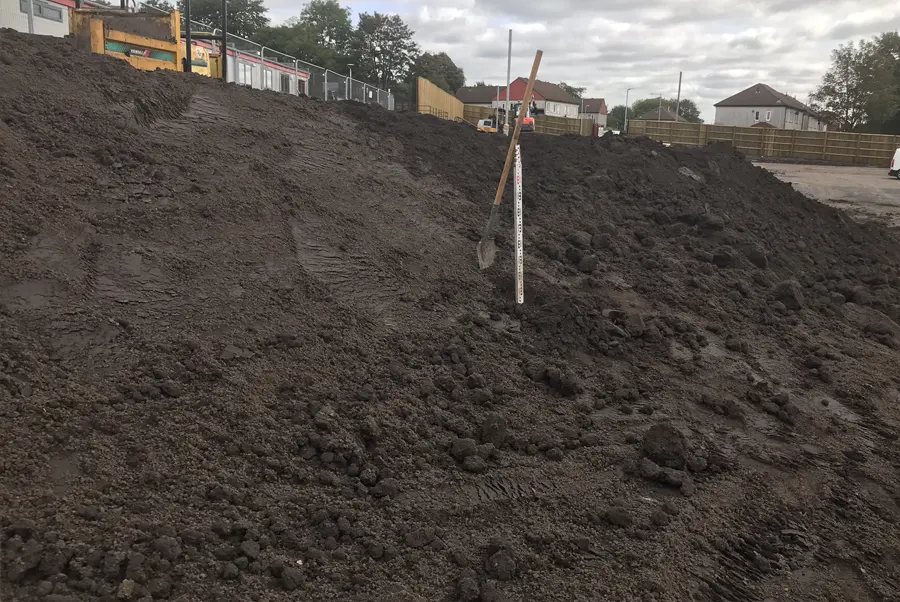
Cover System Inspections, Bolton Schools Framework
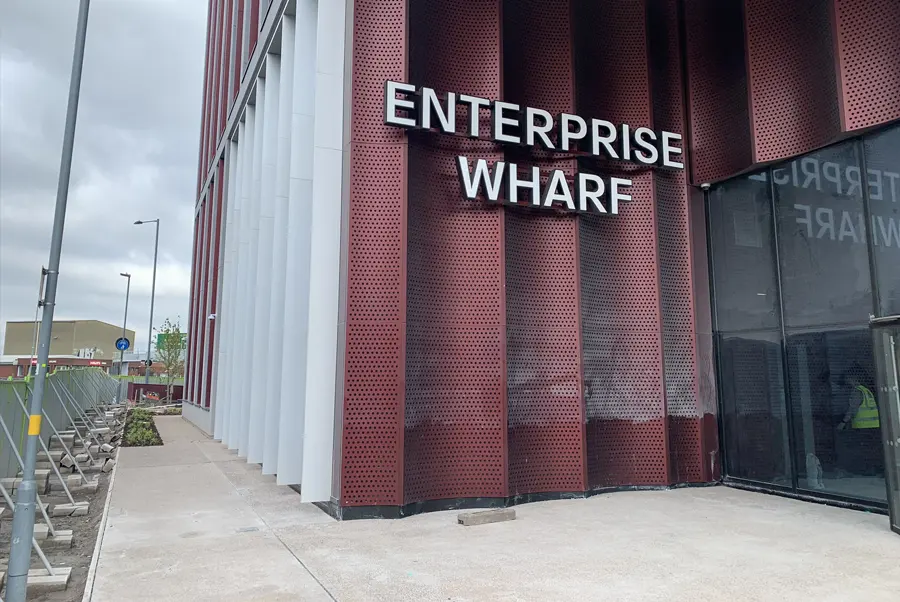
Enterprise Wharf
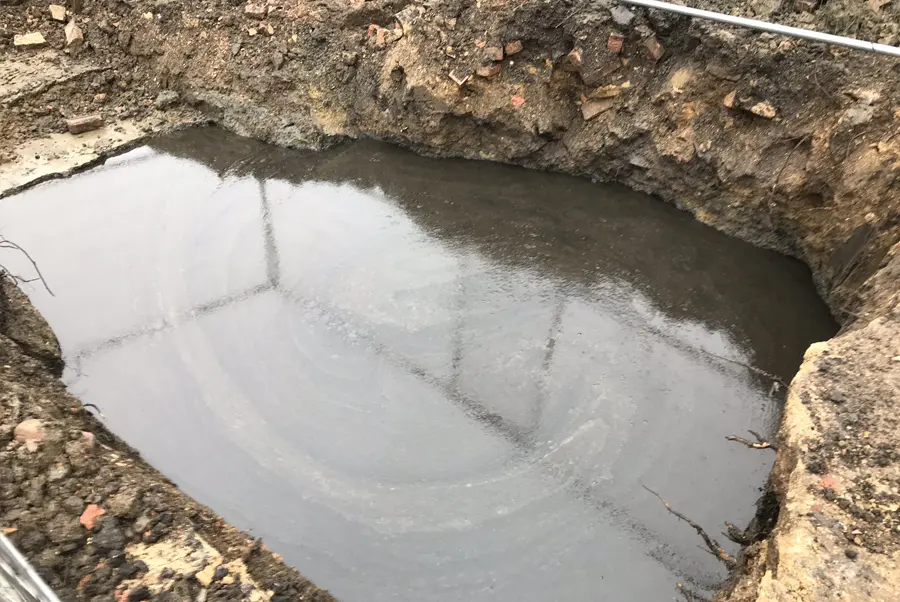
Fuel tank removal Chatteris, Cambridgeshire
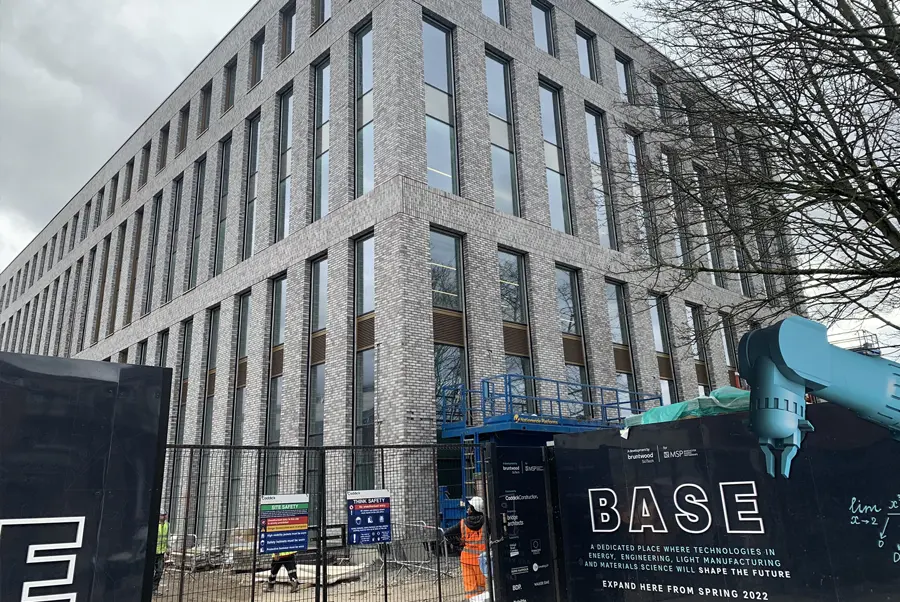
New Base Building, Manchester Science Park
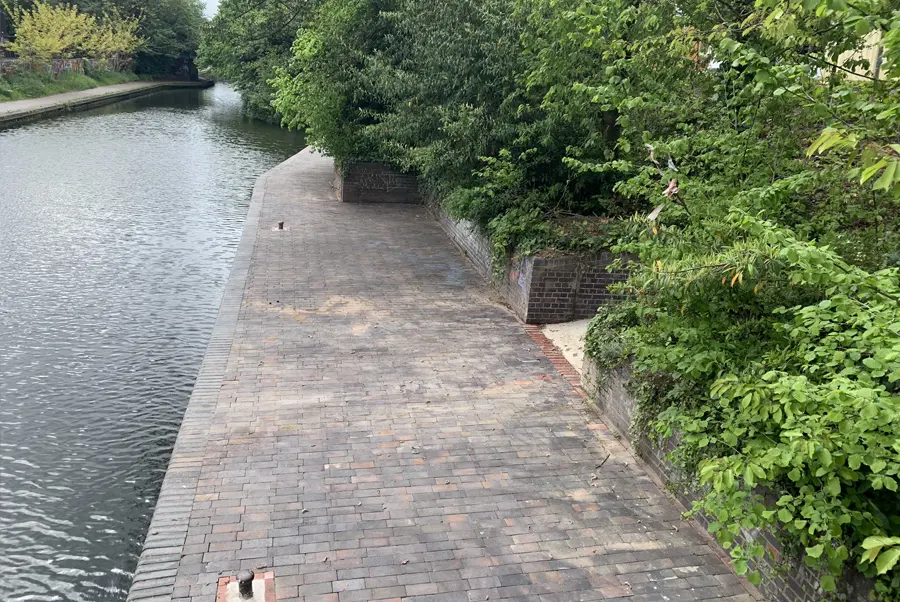
Enterprise Wharf, Birmingham Canal Regeneration
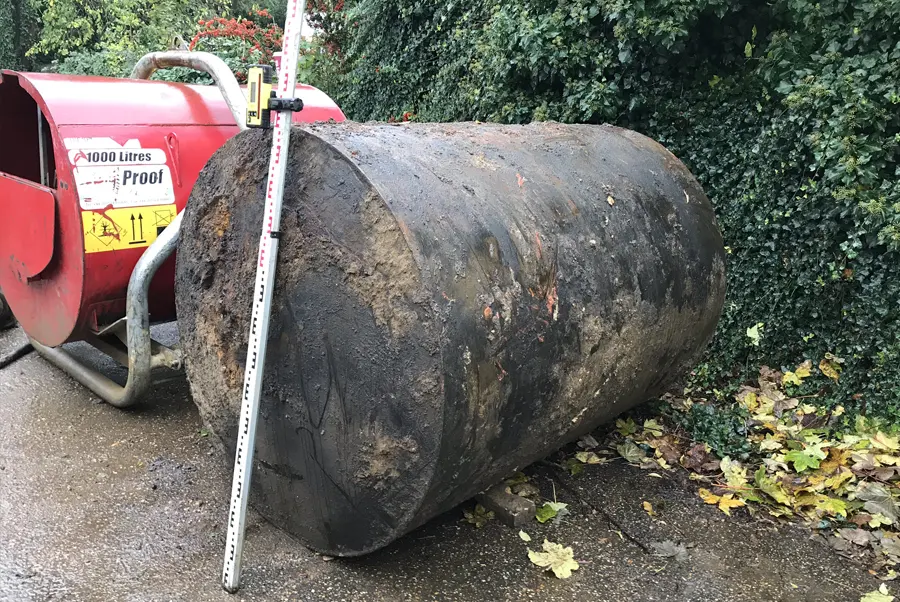
Fuel tank removal Chatteris, Cambridgeshire
After remediation a verification report is produced. This will establish a ‘lines of evidence’ approach which will verify remediation is working or has worked.
Verification demonstrates that the risk has been reduced and that the remediation objectives and criteria have been met. This is often carried out once your development is near completion, however if measures such as gas membranes are required then a suitably qualified consultant should inspect these elements when installed during the construction process.
This report is issued to the regulators and any outlying planning conditions relating to contamination are finally discharged.

